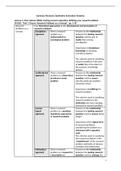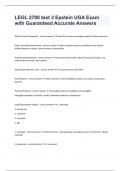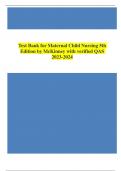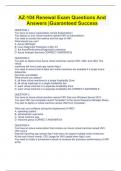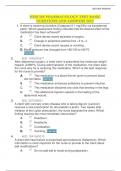Samenvatting
Summary readings - GEO4-2260 - Qualitative Innovation Analytics
- Vak
- Instelling
Summary of the readings/literature required for Qualitative Innovation Analytics (GEO4-2260) Includes: * Oost, Heinze (2006), Circling around a Question: Defining your research problem (IVLOS). “Part I: Theory. Research Problems as a Concept”, pp. 5-10 * Oost, Heinze (2006), Circling aro...
[Meer zien]
